Severe drought and wildfires in Europe have disabled the production of a 2,000 year old cheese. As flames consume grasslands, and governments institute water rationing throughout France, it’s nearly impossible for farmers to produce the buttery, cheddar-like Salers cheese. Sourced in the mountainous south-central Cantal department, Salers cheese designation requires at least 75% grass-fed dairy cows for its source milk. Problem is, there’s little grass left at the moment.
As climate disasters grow in number and in force throughout the world, grocery prices continue to rise while food supplies dwindle. The consequences are only inflation and expensive food, but food shortages are becoming a more common problem for consumers worldwide.
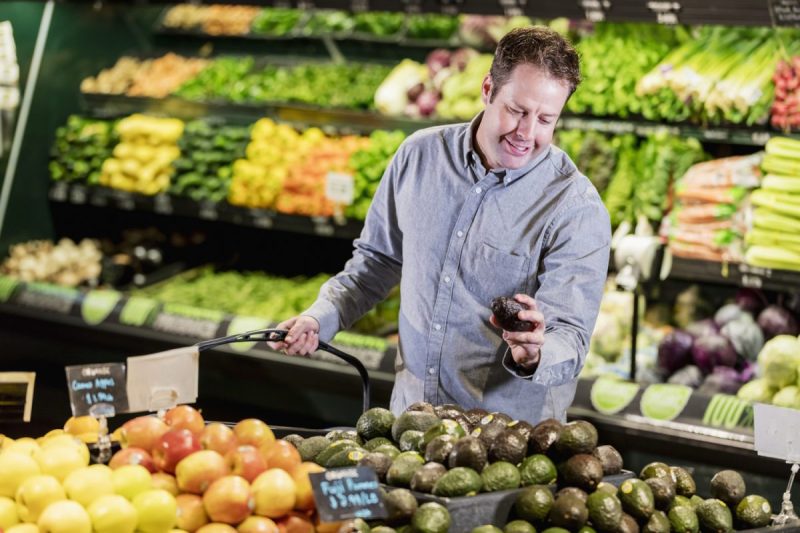
According to the USDA, “there are currently no nationwide shortages of food, although in some cases, the inventory of certain foods at your grocery store might be temporarily low before stores can restock.” How long “temporarily” might be is not abundantly clear.
Here we review a few staples that may take a while to reappear in abundance on grocery shelves.
Tomatoes
We begin by ripping the Band-Aid right off. Your supply of salsa, marinara pizza sauce, ketchup, and more are being threatened more every day as the parched West suffers from a lack of rain. According to the environmental journal Nature, in fact, 2000 to 2021 was the driest 22-year period in at least 1,200 years ago. As a result, California tomato farmer yields are in serious danger with little ease predicted on the horizon.
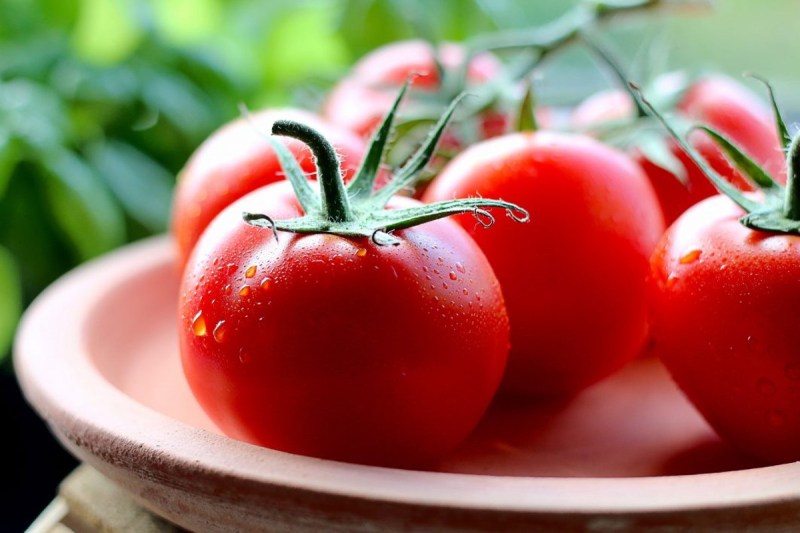
This drought, in concert with other ill-winds — inflation, rising fuel prices, and labor costs are all delivering a negative blow to tomato and tomato-based product prices. Despite these pressures, demand is not dwindling, actually increasing by 10% over the last year, according to the USDA’s California Tomato Report. That’s not good news.
The California Tomato Association asserts that the state is responsible for 90% of the world’s canned tomato production of processing tomatoes. These are then turned into paste, puree, pulp, ketchup, tomato sauce, and tomato juice — the base for all of the above key tomato-based products found in restaurants and stores.
Avocados
The pain persists. Avocados, one of the healthiest, most complete, and most delicious fruits, have had a rough year.

This began in February when the federal government suspended all imports of Mexican avocados after a U.S. plant safety inspector’s safety was threatened. The ban was soon lifted, but the effect on prices stayed. In June, a freak hailstorm in the avocado-rich Michoacan state delivered a $100 million blow to the industry. Farmers still face escalating fertilizer prices due to the war in Ukraine. These aren’t a few cents here and there either. According to the USDA, the cost of urea is up 149 percent, liquid nitrogen 192 percent, and anhydrous ammonia 235 percent. Any one of these inflated costs could represent a serious hit. Combined, these dramatic jumps represent a devastating blow to growers.
The result? A shortage of the fruit, and elevated prices in the produce section. The USDA found average U.S. avocado prices up 30% over the same time last year to $1.41 each for the week of July 23.
Coffee beans
While we may be able to endure slim pickings of pasta sauce, and might be able to survive a temporary shortage of avocados, coffee is where we draw the line. Unfortunately, we can’t control stocks of the bean that millions rely upon to get going in the morning.
Stocks of Arabica beans in Brazil are at their lowest in decades and now Vietnam is dealing with issues debilitating the robusta bean harvest.
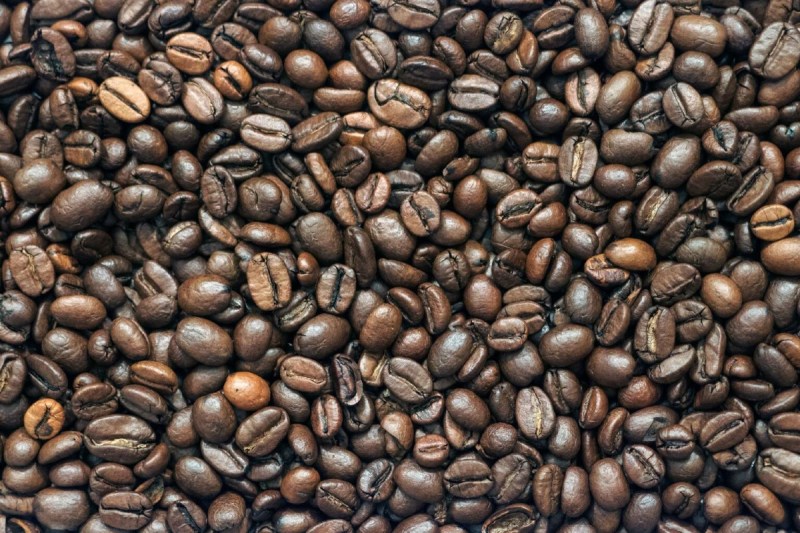
Supply chain issues are already driving prices up, but beans run in two-year cycles, and 2022 is a major concern. Brazil is the world’s biggest exporter in the global coffee market, Last year’s drought and frost caused a struggle for Brazilian farmers, which has led to lower harvests this year. The Wall Street Journal reports that this year’s harvest of higher-end arabica coffee beans could be less than half of the typical output.
Across the world, Bloomberg writes that supplies of hoarded robusta beans are disappearing, fast. By this September, there will only be half of what was in storage at the same time last year. Combined with predicted reduced output over the next year, robusta prices continue to surge, rising 17% since mid-July.
These prices don’t even yet account for the poor weather conditions hurting major Colombian growers. What this does amount to is a grave concern for our daily fuel.
Wheat
Wheat is an example of what might happen when prices escalate too fast for consumers to adjust. People might simply move on to alternatives.
Wheat is a staple for humans and for the livestock that feeds humanity meat. Bread, pasta, desserts, cereal, flour, breakfast bars, and much more all provide bursts of energy and fuller bellies for a great swathe of people. But when wheat prices peaked in July, the numbers show that ranchers and shoppers started to move on.
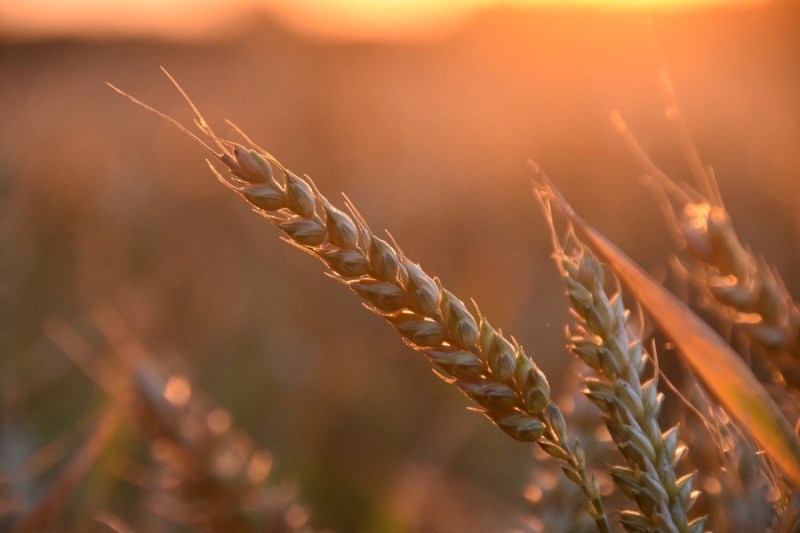
Benchmark wheat futures jumped 40% to March record highs before retreating during the summer. Physical prices remain elevated and crop outputs remain sure due to the lack of grain coming from Ukraine and a ban on its export in India to combat its own food cost crisis. In response, farmers are moving to alternatives to feed animals and people are turning to different grains to eat.
Reuters reports that global wheat consumption could drop by five to eight percent over the next few months, compared with last year’s levels.
Chickpeas
That’s right, the source of your hummus and a cheap source of protein for tens of millions of people is suffering from the same debilitating world conditions as the rest of us.
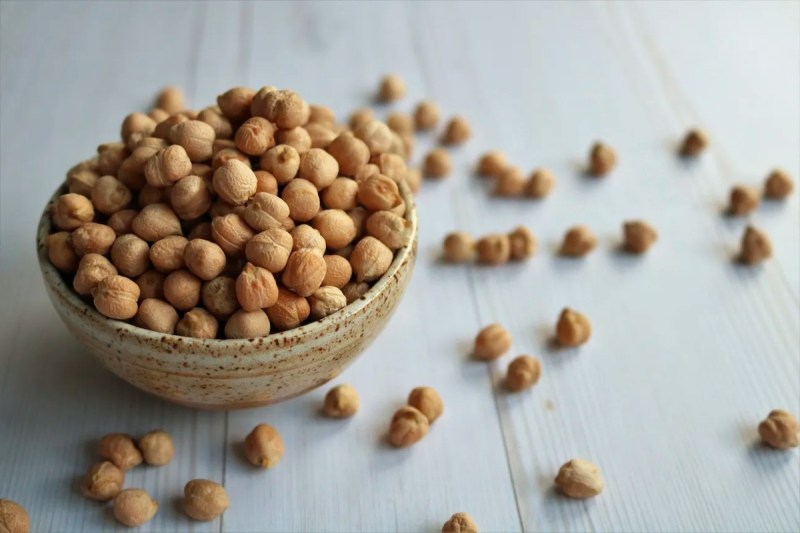
Global supplies of chickpeas could dip as much as 20% in 2022, according to data Reuters acquired from the Global Pulse Confederation. Just like all the previous items on this list, weather and war have had an effect on supplies, creating havoc for food distributors.
Chickpeas are a major source of protein for the billions of people sprawled across India and Southeast Asia. The war in Ukraine, however, turned the typical 50,000 tons of chickpeas exported to the Mediterranean and Asia down to zero. In concert, U.S. farmers, the world’s fourth-largest chickpea exporter, grew fewer chickpeas this year as poor spring weather bogged down planting and prioritized more lucrative commodity crops. To add to this knot, Russia typically supplies about 25% of the world’s chickpeas. That production has also been reduced to almost zero.
There are also international supply chain issues to contend with. The result is that Americans are likely to see less hummus at grocers going forward. And what they will find will be a product that’s prices reflect a dramatic reduction in production.
Despite a storm of debilitating circumstances, food remains readily available in the U.S. Food shortages in impoverished nations, however, already forebode famine throughout Africa, South Asia, western South America. One way to help stem the tide is to be considerate about what you eat, perhaps even enabling sustainable eating practices.



